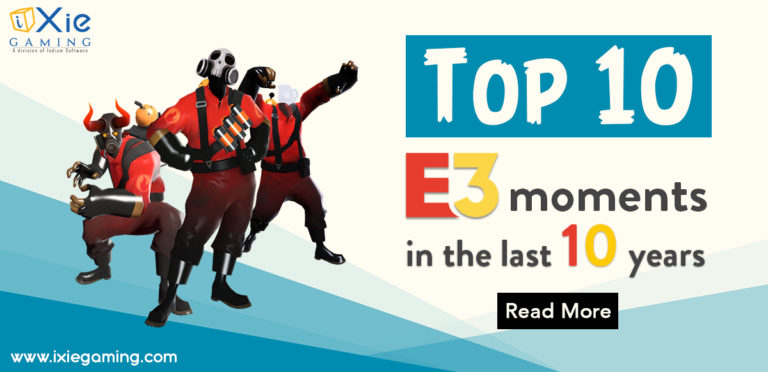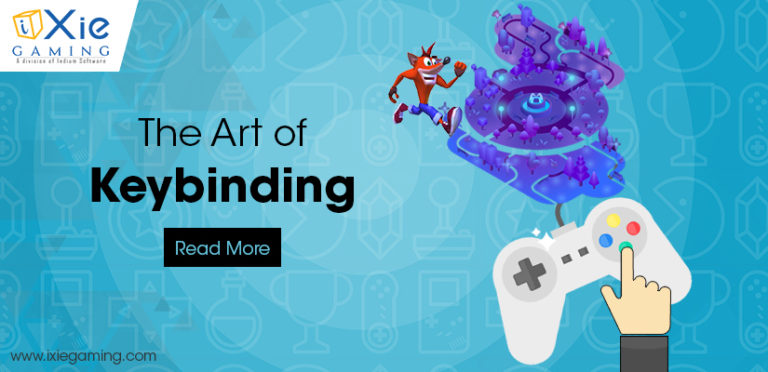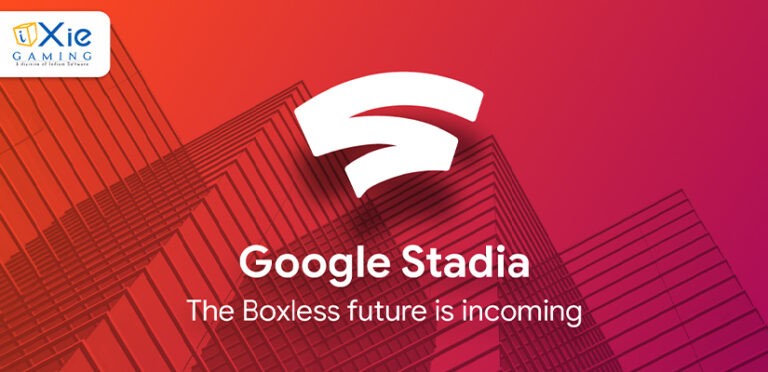To say that video games have seen the fastest technological evolution in all of entertainment would be an understatement. From humble beginnings in the arcades to their evolution into home consoles, and then to handheld gaming devices, to the introduction of online gaming, and now subscription models, the industry has never been the same in any given decade from its origin. During this process, companies have explored various ways to keep the player engaged with their games. Just look at our blog on quirky gaming devices to get an idea of it.
The one thing that has remained prominent from the advent of home consoles at least until the mid-2010s is how videogames have been consumed. Through Physical media. Whether it was a cartridge, CD, UMD, or Blu-ray disc, physical media was the primary way through which games were distributed. But with technology comes evolution. The move to digital media from most companies that grew in prominence from the PS4 era, has always been met with mixed enthusiasm.
While one side of the gaming community embraced it for the convenience it offered, the other was not open to the idea, citing the numerous disadvantages it came with. Slowly, but steadily the industry seems to be moving towards an all-digital future, and this may have more implications than we think. Let’s look at why physical media is fading and what it means to gamers and game companies.
To understand what the evolution of digital distribution means to gamers and game companies’ vs physical media, we need to look at what both mediums offer from both perspectives. Let’s begin with….
Physical Media
From a consumer point of view, there is a sense of ownership with physical copies. When you buy a physical copy of a game, you own it outright and can trade, sell, or lend it to others, which is not possible with digital content. Then there is the collectability aspect of it. Physical games can become collectibles, especially limited editions or special releases, adding value to a player’s collection. Also, most physical games don’t require an internet connection to play, making them ideal for areas with poor internet connectivity.

They also eliminate the need for lengthy download times, allowing players to start playing immediately after installation. This of course means that there is no dependency on Digital Stores. Physical media isn’t subject to digital store closures or changes in licensing agreements, ensuring long-term access to the game. And consequently, there are no account dependencies. Physical copies don’t require online accounts or DRM checks, providing a sense of independence and privacy.
From a business perspective, selling physical copies allows game developers and publishers to establish partnerships with retail stores and expand distribution channels. Limited edition physical releases, collector’s editions, and merchandise associated with physical copies can generate additional revenue. Also, physical copies often have a higher perceived value than digital copies, allowing for premium pricing and increased profit margins. Companies can also cater to niche markets or collectors who prefer tangible products, potentially increasing sales.
Digital Distribution
On the flip side, for a consumer, owning digital copies of games means there is no risk of damage or loss. Physical discs can get scratched, lost, or stolen, potentially resulting in the loss of access to the game. Then there is the option for Instant access to games without the need to visit a store or wait for shipping. Gamers can also preload games before release, allowing them to play immediately upon launch. Plus, digital games can be accessed from any device linked to the player’s account, enabling gaming on multiple platforms based on the service provider.
From a business perspective, Digital distribution eliminates manufacturing, packaging, and shipping costs associated with physical media. Digital storefronts allow game development companies to reach a global audience without the need for physical distribution channels. Developers and publishers can sell games directly to consumers through digital storefronts, cutting out intermediaries and maximizing profits. Plus, the digital storefronts provide valuable data on player behavior and preferences, facilitating targeted marketing and game improvements. Digital storefronts offer flexibility in pricing, enabling dynamic pricing adjustments during sales based on demand and market conditions. Digital rights management (DRM) measures can help mitigate piracy risks, avoiding loss of revenue.
But……
Like with any product, there are also downsides to both mediums, for both the consumer and the companies that sell games.

Downsides of Both Mediums
Things like the resale value of physical games and their tendency to be prone to physical damage are among the prime concerns for a gamer who prefers physical media. While on the other side of the pond digital games heavily rely on the internet infrastructure for them to even be playable. Also, digital games cannot be resold or traded, unlike physical copies. Getting a refund on a digital copy isn’t as simple either as digital storefronts often have strict refund policies, leading to potential customer dissatisfaction and disputes. Perhaps, the most feared aspect of owning digital copies is the question of ownership rights. Ownership for digital games is often more ambiguous, as players usually purchase a license to access the game rather than owning it outright. So, if the store or platform decides to remove the game, the consumer loses it for good.
For Game companies, retail partnerships often involve revenue-sharing agreements, reducing the profit margin compared to direct digital sales. Physical distribution can also be limited by geographic location and shelf space in stores, potentially excluding gamers from regions with less access to retail outlets. Then there is the ever-looming risk of piracy as Physical copies can especially be vulnerable to it, with counterfeit copies impacting sales and brand reputation.
That said, the same can be argued for digital games too, as in some cases they reach more users wanting to use pirated copies than physical copies do. Also, the proliferation of digital storefronts has led to increased competition, making it challenging for smaller developers to stand out. Then there is the dependency on platform holders. Game companies rely on digital storefronts like Steam, PlayStation Store, or Xbox Live for distribution, subjecting them to the policies and fees imposed by platform holders.
What does this mean for the industry?
When all is said and done, the convenience offered by a digital storefront to both the customer and the company is undeniable. They far outweigh the benefits offered by physical media. However, the ambiguity of ownership of the product among gamers is real, and with recent events in the industry where an entire library of games from a certain publishing label is being removed, the arguments hold strong. Then there is the question of game preservation which can be a tough case to argue without physical media.
So, what does this mean to the average gamer? What is his best option? Well, while all signs point towards a future where digital media prevails and will contribute to most of the business, physical media will likely still be around. Companies will continue selling a product as long as there is demand for it. If it is not the game publisher, then there are companies like Limited Run that create physical copies for digital-only games. Then there are organizations like the Game Preservation Society and Video Game History Foundation, that work towards preserving older games.
Just like comic books that flourished once upon a time, then lost their audience to TV, and now exist as a niche but still important part of pop culture, physical media for games may still be present in some way or form for the foreseeable future.
Frequently Asked Questions:
Physical media refers to physical copies of games, typically in the form of discs or cartridges. The decline of physical media in the gaming industry is primarily attributed to the growing popularity and convenience of digital distribution.
Digital distribution has revolutionized the gaming landscape by offering instant access to games without the need for physical copies. It has expanded the reach of gaming platforms and provided developers with new avenues for distribution and monetization.
As consumers increasingly prioritize convenience and instant access, the demand for physical media in gaming continues to decline. However, collectors and enthusiasts may sustain niche markets for physical copies.
Physical media offers tangible ownership and the ability to resell or trade games. However, digital distribution provides instant access, eliminates the need for physical storage space, and often offers discounts and incentives.






